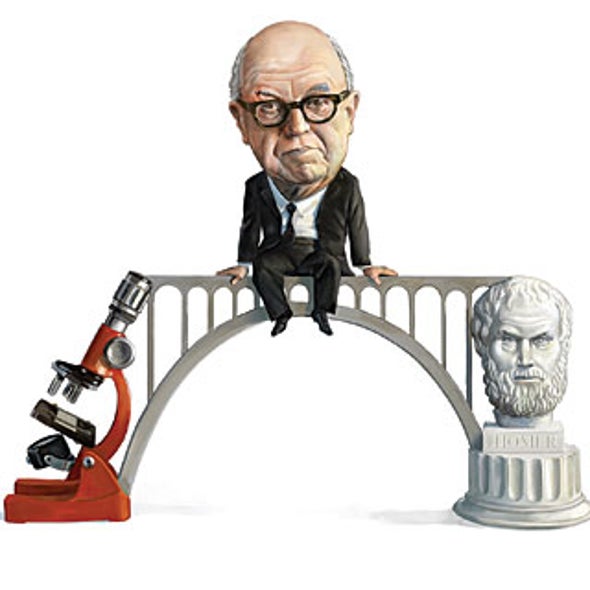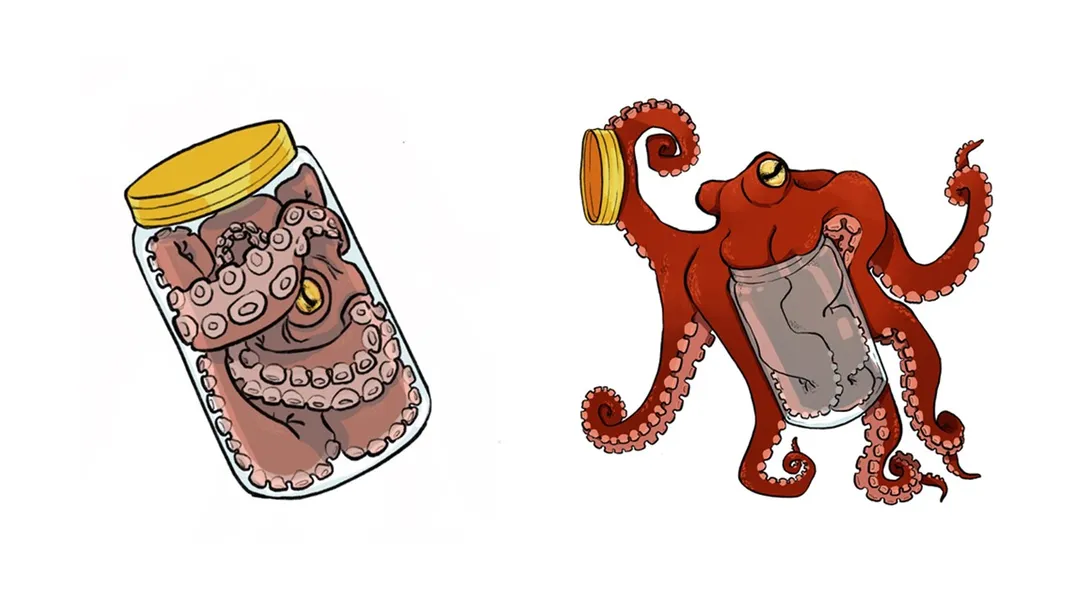Week 1: Two Cultures
I'm a third year MCDB Major and Gender Studies Minor, which I picked to become a culturally informed future physician. Thus, undergraduate career exemplifies the experience of the seemingly isolated cultures of the arts and the science that C.P. Snow describes as "two groups- comparable in intelligence, identical in race, not grossly different in social origin... who had almost ceased to communicate at all," (2) in his lecture "Two Cultures and the Scientific Revolution".
 |
| C.P. Snow and the Third Culture by the Scientific American. |
 |
| An illustration demonstrating a hydrostatic skeleton by the Smithsonian. |
In her paper "Toward a Third Culture: Being in Between", Vesna expands on the idea of a third, bridging culture. She argues that each Culture reinforced the other and artists that use new technologies are in a unique position to communicate with both sides and form a "new, mutant third culture," (Vesna 122). Similarly, the essay "The Third Culture" by Kevin Kelly highlights technology itself as this culture, "its own culture, the third culture, the possibility culture,".
Snow, Charles P. The Two Cultures a Second Look: An Expanded Version of the Two Cultures and the Scientific Revolution. Cambridge University Press, 1974.
Snow, C. P. (Charles Percy), 1905-1980. The Two Cultures and the Scientific Revolution. New York :Cambridge University Press, 1959.
Vesna, Victoria. “Toward a Third Culture: Being in Between.” Leonardo, vol. 34, no. 2, 2001, pp. 121–125., https://doi.org/10.1162/002409401750184672.
Images/Videos
Robinson, Ken. “RSA Animate: Changing Education Paradigms.” YouTube, YouTube, 14 Oct. 2010, https://www.youtube.com/watch?v=zDZFcDGpL4U.
Krauss, Lawrence M. “An Update on C. P. Snow's ‘Two Cultures.’” Scientific American, Scientific American, 1 Sept. 2009, https://www.scientificamerican.com/article/an-update-on-cp-snows-two-cultures/.
Benko, Raven Capone. “Why Science Needs Art.” Smithsonian.com, Smithsonian Institution, 15 Apr. 2020, https://www.smithsonianmag.com/blogs/national-museum-of-natural-history/2020/04/15/why-science-needs-art/.
Hi Anouska! I really enjoyed reading about your personal experience with the two cultures and how it was difficult for you to declare a minor that is unrelated to your major. I appreciate how you thought ahead to your future profession and wanted to have another perspective via the gender studies classes. I definitely think that having a humanities-based perspective in medicine would make physicians more empathetic towards their patients.
ReplyDeleteHey Anouska! Your blog was really interesting to read, specifically when you mentioned the importance of bridging the gap between the two cultures and what personal examples you provided. Mentioning things like noticeable fashion choices in north campus and comparing it to jargon in south was something I understood instantly, yet never thought of. Really cool example!
Delete